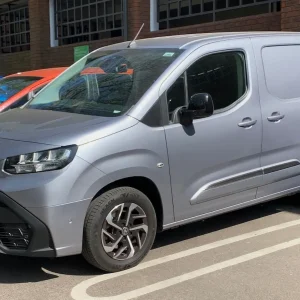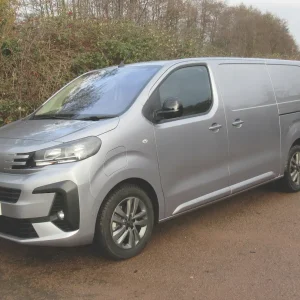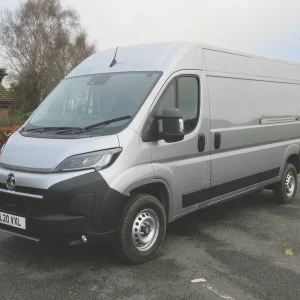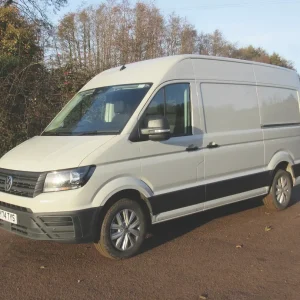That sounds more posh than it is because it simply comprises new lion badges, headlamps and mirrors, while the tail lamps are darker and the interior has a series of minor trim changes. 
Of greater note is a series of efficiency measures and its ability to better cope with light off-roading duties. Peugeot now offers a clean e-HDI variant of its 92hp 1.6-litre diesel engine, which emits 129g/km CO2 in manual guise or a range low of 123g/km when it’s coupled to the firm’s EGC automated manual gearbox. That version also returns a class best of 60.1mpg according to the manufacturer.
What Van?’s test model was a standard 92hp 1.6-litre HDI model (a 75hp unit is also available) with a not unacceptable 138g/km CO2 and 53.3mpg. It was, however, fitted with Peugeot’s Grip Control system. This isn’t a fully fledged four-wheel drive system, but an intelligent traction control unit that tailors the van’s settings to the surface (mud, sand, snow and normal – selected via a large dial). It weighs a lot less than two extra driven wheels, so it’s better for efficiency, and has the edge over rival front-wheel drive light vans on slippery surfaces. Mud and snow tyres, an under- engine protection tray, 10mm higher suspension and a lack of wheel trims complete the ATV (All Terrain Vehicle) model’s additions. While it isn’t likely to bother the most rugged of serious four-wheel drive vans, it’s enough to make life easier for operators who regularly traverse muddy building sites and similar terrain. Drivers are unlikely to notice a marked difference between the old Partner and this new facelifted version, but suffice to say, Peugeot’s familiar tidy ride and relatively responsive handling are standard fare.





